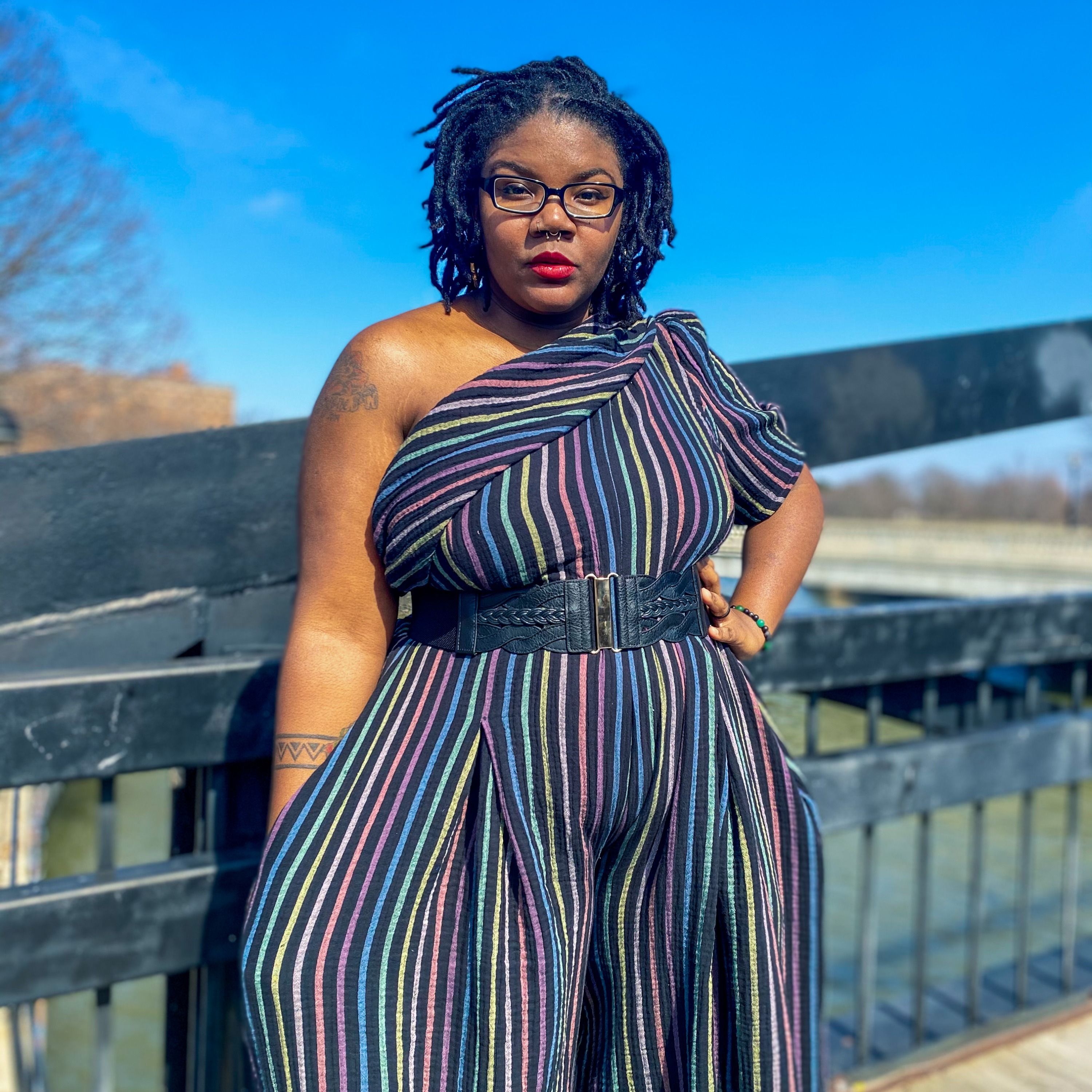Follow Carolyn on Social Media
Support the Stitch Please podcast and Black Women Stitch
$15 to the Paypal account for a Black Women Stitch lapel pin! DM or email your mailing to address for free shipping.
Support also appreciated here:
Sign up for the Black Women Stitch quarterly newsletter
Check out our merch here
Leave a BACKSTITCH message and tell us about your favorite episode.
Join the Black Women Stitch Patreon
Check out our Amazon Store
Stay Connected:
YouTube: Black Women Stitch
Instagram: Black Women Stitch
Facebook: Stitch Please Podcast




